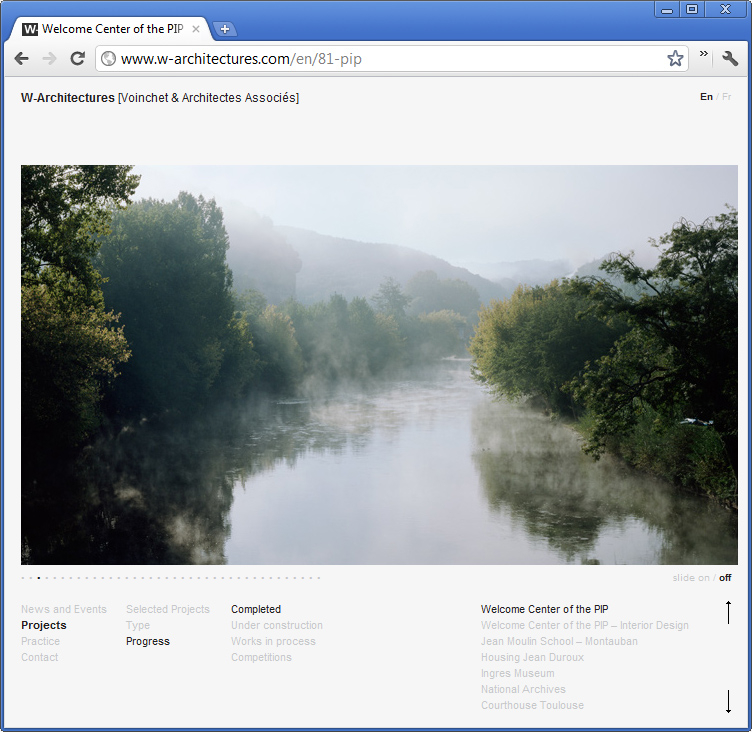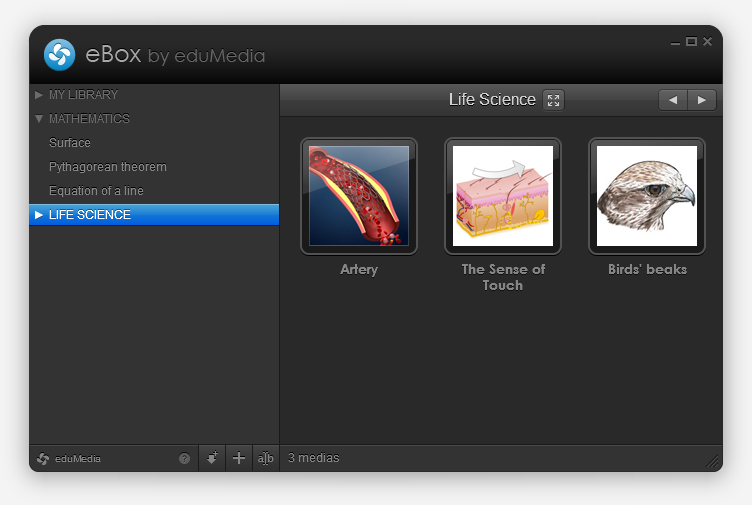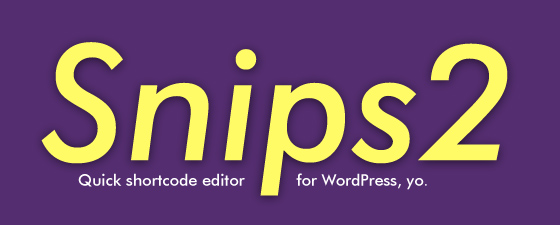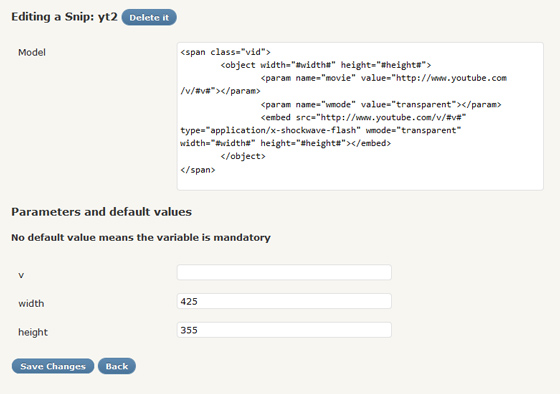“W-Architectures is an architecture and urban-planning agency. The firm brings together a highly-qualified team of architects with international experience.” This is how they introduce themselves and I couldn’t have said it better myself.
I recently published their brand new website, designed by Christelle Bonnet and developed by me. It’s been a pretty long process (they are very busy guys) but it’s here and I like it!

I used mostly WordPress and MooTools to develop it. Everything was designed to be light and subtle, I think I can safely say that it is.


Guess what? AIR app! This one’s for eduMedia.
An intro
We create and distribute pedagogical simulations and videos, and our school users can download them to prepare and illustrate their lessons. Until now we offered server-side generated ZIP files with an HTML, some CSS and the SWF, but users (who often are not computer geeks) wanted something simpler and more powerful… So we designed the eBox!
The eBox
Basically the eBox is an empty media library waiting to be filled. The first time you launch it, it installs itself (and the AIR runtime, if not already there) and then fills itself with the medias you chose. This happens thanks to AIR’s BrowserInvoke logic and removes the “Save As” and “Uncompress” steps.

You can also fill it with “local medias” (of any type) but dragging and dropping files on it, or by browsing and selecting them. If these medias are SWFs they’ll be opened within the app, if not the OS will open them with their default app. Handy.
You also have the ability to create directories to organize your library, and to reorder medias (via drag and drop). Pretty common, but cool.
Let’s talk tech
Flex 4.1, localized with Lupo (now free and OpenSource!) and designed with Illustrator. Server-side communication is made through AMFPHP. I used some tiny techniques that helped deploy two different versions with only one project (we have a school and an individual version), I might detail that in a next post.
This is my first real-life project with Robotlegs, it helped me learn how to use it and how to write really clean code; with view, mediators and all. I loved it and think I will continue building big projects with RLs, makes you feel pretty.
So?
I’m pretty happy with the final result (not that final, expect updates!), both on visual and technical points of view. Go grab a free media and tell me what you think! We also set up a special page with a nice presentation of how it works, in case you’re lost.
WordPress’ Shortcode API is a really cool thing, and since I’m working on a Drupal site these days I’ve been looking for something similar. Unfortunately I couldn’t find anything… There are some implementations out there but the ones I found and tested always come pre-bundled with specific tags and don’t always provide an extensible and stable logic.
So I made mine!

Most of my work simply consisted in copying/pasting the code in WordPress’ shortcodes.php and binding it into a Drupal filter. Easy enough.
Now if you want to use it, you have to:
- Get the module
- Add it to your “modules” directory
- Enable it
- Add it to one of your setup’s filter bundle
- Write your own module where you’d implement one or more Shortcodes (via add_shortcode) and make sure you add “dependencies[] = shortcodes” in your .info file
You might experience a nasty “Call to undefined function add_shortcode“. If so, you have to change you module implementation’s weight, either directly in your database, or thanks to the cool Utility module. Set it to 10 and you’re set!
Remember my first and only WordPress plugin? Well it just got better.

Snips 2.0 is basically Snips rewritten from scratch, updated to fit WordPress’ Shortcode API. Let’s see how good it is…
Tired of having to copy paste nasty HTML code from sites such as YouTube, Vimeo and so on? Looking for a way to insert recurrent content in your posts without having to type it every time? Would like to be able to inject parameters in these snippets? Well, now you can.
Just install Snips and use the bundled shortcodes or create/edit your own!
Each Snip is a combination of a name, a model and optional parameters. The name defines the shortcode tag you will be able to use, the model is the content that will replace your shortcode calls and the parameters (that look like #the-parameter# in the model) are portions of the model that can change from a call to an other. Those parameters can have default values or can be left empty and then become mandatory.
All of this can be edited via a simple UI, found under Settings > Snips… Here’s screenshot:

For those that used Snips’ first version: (0.2) everything should be OK, the previous syntax will work ; but I recommend using the new one and the corresponding updated model files (ex: yt becomes yt2). Also, the #up# parameter (used in mp3 and swf snips) has to be set manually to your blog’s upload path.
If you use it and find bugs, please let me know! This is the first time I use jQuery behavior (for the parameters’ detection in the Settings page) so it could act a little weird.

Introducing Snips, my first WordPress plugin!
Running a WordPress blog? Tired of having to switch to “code view” to copy/paste nasty HTML code from sites such as YouTube or DailyMotion? Or frequently having to write the same things? Then Snips is for you!
Snips has been updated, see this post for fresh news.







